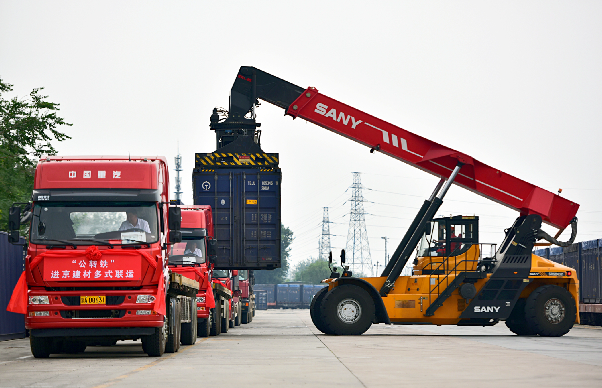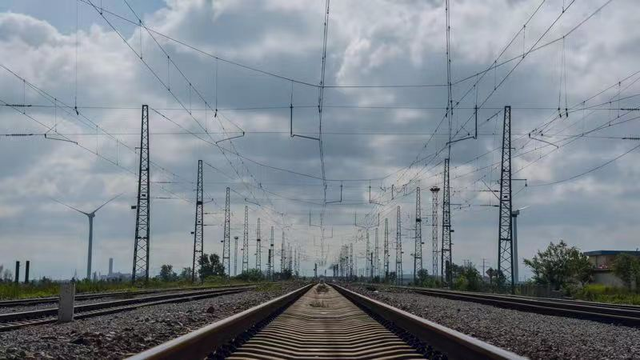Continue to promote the "transfer rail" to vigorously develop container multimodal transport

"Public to railway", as the name implies, that is, to adjust the transfer of transportation volume from highway to railway, is an important strategic measure to win the battle to defend the blue sky. Compared with road transportation, railway and water transportation are more green, low-carbon and environmentally friendly. It is estimated that the railway can reduce carbon dioxide emissions by 2.706 million tons per billion tons of freight volume compared with the highway.

Since the beginning of this year, China National Railway Group Co., Ltd. has continued to promote "revolution-to-rail" transportation and vigorously develop container multimodal transportation. In the first half of the year, the average daily loading of national railway containers was 41702, an increase of 19.9 per cent over the same period last year, and the proportion of container traffic in total freight volume increased to 16.7 per cent from 14.5 per cent in the same period last year.
The railway department actively promotes the development of sea-rail intermodal transportation in the Yangtze River Delta, Pearl River Delta and other regions, organizes the coastal and riverside railway bureau group company to connect with local governments and key enterprises, improves the incremental work plan of sea-rail intermodal transportation, and promotes the entry of special railway lines into the port; Expand the domestic trade container "molten iron" project between the south and the north, make full use of newly built open top boxes and container flat cars, further strengthen the organization, and strengthen the open top direct project development.
In order to improve the competitiveness of the transportation market, the railway department has further promoted the open acceptance of containers, reduced the agency link, reduced logistics costs, strengthened the analysis of container utilization efficiency, coordinated the organization of domestic, overseas and lower water tanks, optimized the layout of container repair points, and improved the efficiency of container utilization.
Recommended Reading
ZIBTEC Meeting You Again - On Intermodal Asia 2025, Shanghai
2025-03-19





